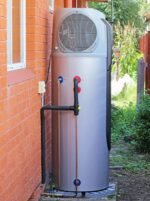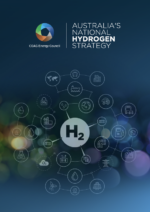REMONDIS Australia’s global breakthrough with zero-emission hydrogen powered waste collection truck
REMONDIS Australia has achieved a global breakthrough by introducing one of the world’s first hydrogen powered waste collection trucks to its operations. After extensive trials, the carbon emission-free truck has participated in its first scheduled residential waste collection in the Illawarra region of New South Wales. The Fuel Cell Electric Vehicle (FCEV) relies on hydrogen which combines with air to generate electricity for motor function. Only water vapour is emitted, and nothing harmful to the environment. L-R, John Edgley (Hyzon), Wollongong City Lord Mayor Gordon Bradbery, Chris Wade (Remondis), and Shellharbour City Mayor, Chris Homer. REMONDIS Australia CEO Björn Becker said the truck going into formal operation was historic. “We’re demonstrating that carbon-free transport can and does work in industrial settings,” Mr Becker said. “We’re hopeful that this is the start of a bigger journey whereby companies around the world follow REMONDIS’ lead and turn to fleet decarbonisation. “This should be likely as economies of scale take effect, making the take-up of such technology the norm and not the exception. “REMONDIS has gone all-out to deliver this ground-breaking environmental initiative at the earliest possible time and it’s something we’re very proud of.” REMONDIS NSW South Coast Region Manager Chris Wade said the truck would be fine-tuned through collaboration with its maker, Hyzon Motors, in coming months. “The ultimate aim is to have the hydrogen truck matching our current diesel trucks in all facets,” Mr Wade said. “That includes completing about 1,000 bin lifts over about eight hours. “Trial runs in recent months have been promising, giving us confidence to put the truck into formal operation, serving many of the 300,000 residents in the region. “Putting the truck through full commercial paces will give us additional information and enable adjustments to be made if necessary. “With distinctive markings indicating that it […]











